The Phoenician - Roman Necropolis at Baria (Villaricos) in Cuevas de Almanzora municipality, Almeria, Andalucia was in use from the 6th century BC until the 2nd century AD
By Nick Nutter | Updated 24 Apr 2022 | Almería | Places To Go |
Login to add to YOUR Favourites or Read Later
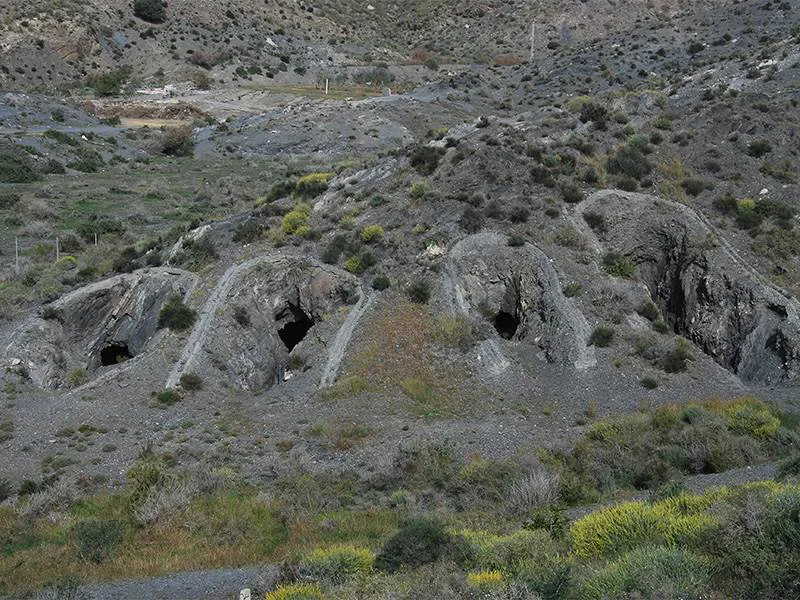
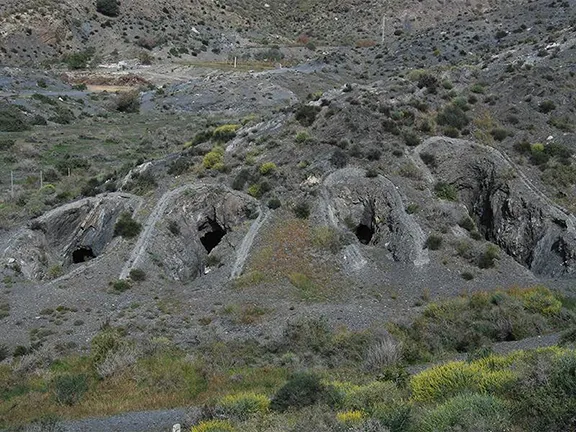
Four hypogia at Baria Necropolis
The Phoenician necropolis at Villaricos, associated with the settlement called Baria, is turning out to be one of the most extensive and important Phoenician necropolis in the Iberian peninsula. The artefacts found within the tombs, now in museums in Almeria and Madrid, are providing archaeologists with information about the trading patterns along the coast and deep into the Mediterranean between the 7th century BC and the arrival of the Romans during the 3rd century BC, and, because Baria was continuously occupied during the Roman period and they extended the necropolis to accommodate their dead, similar information is being found showing trading connections between Baria and Roman provinces as far away as Britain.
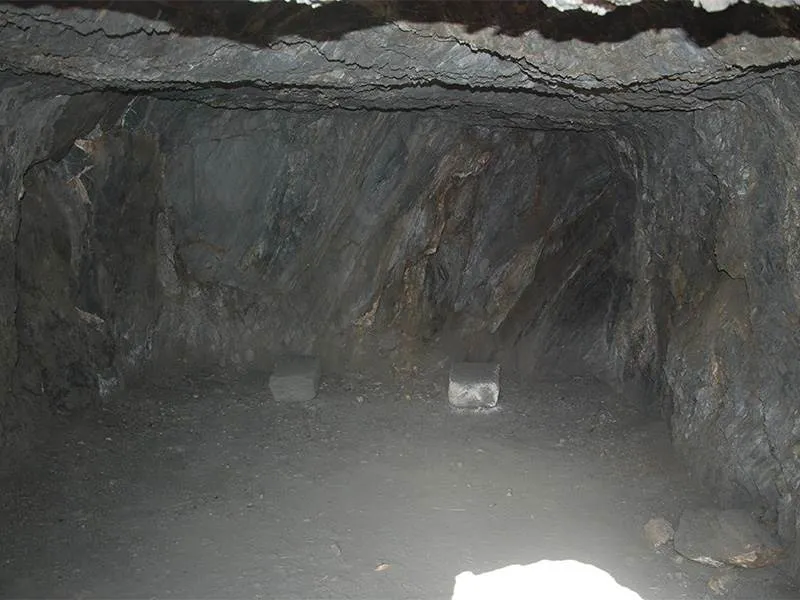
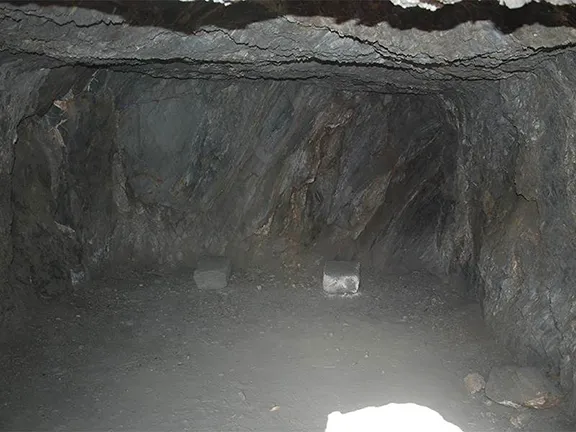
Inside Hypogea 4
Baria was established in the late 7th century BC in the estuary of the Rio Almanzora at the present-day site of Villaricos in Almeria province, Andalucia. The Phoenicians were interested in the silver-rich lead deposits found nearby, and the salt and preserved fish that could be obtained from the coast.
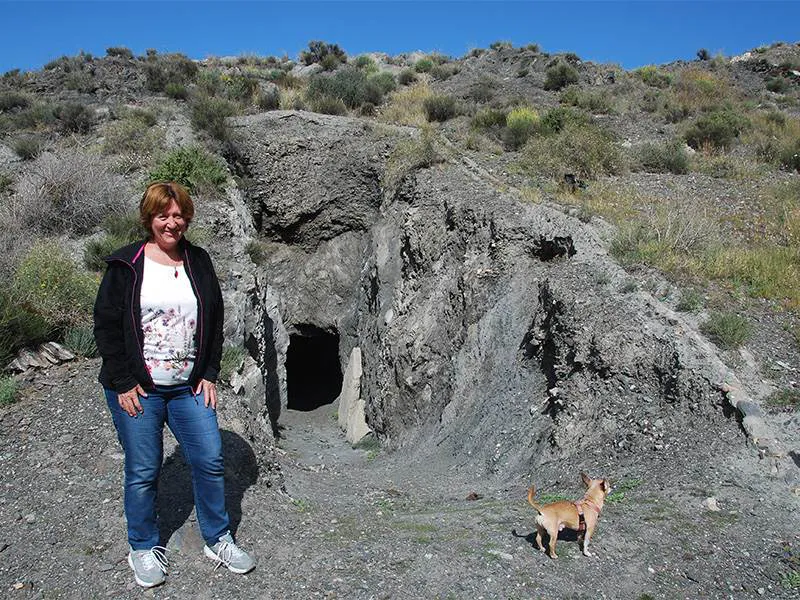
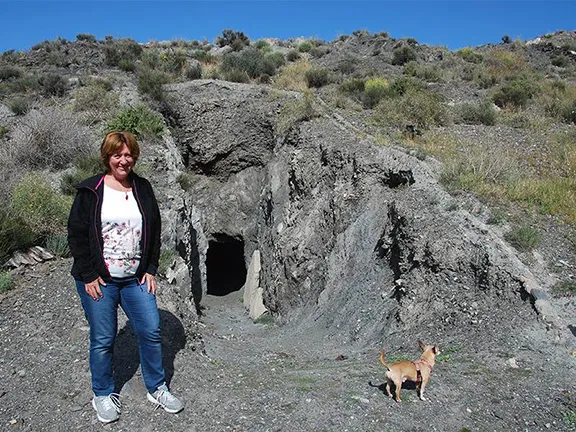
Outside Hypogea 4
During the 6th century BC, many of the Phoenician settlements along the Mediterranean coast were abandoned. There are potentially many reasons for this, political unrest back in the Levant and a breakdown of trading relations with the Eastern Mediterranean civilisations, an increase in activity by competing trading nations, principally the Greeks and Carthaginians, or the disintegration of the Tartessian tribe that had, until then, supplied the Phoenicians with metals from the Rio Tinto area. A few key settlements survived, including Gadir (Cadiz), Malaka (Malaga), Sexi (Almunecar) and Baria (Villaricos).
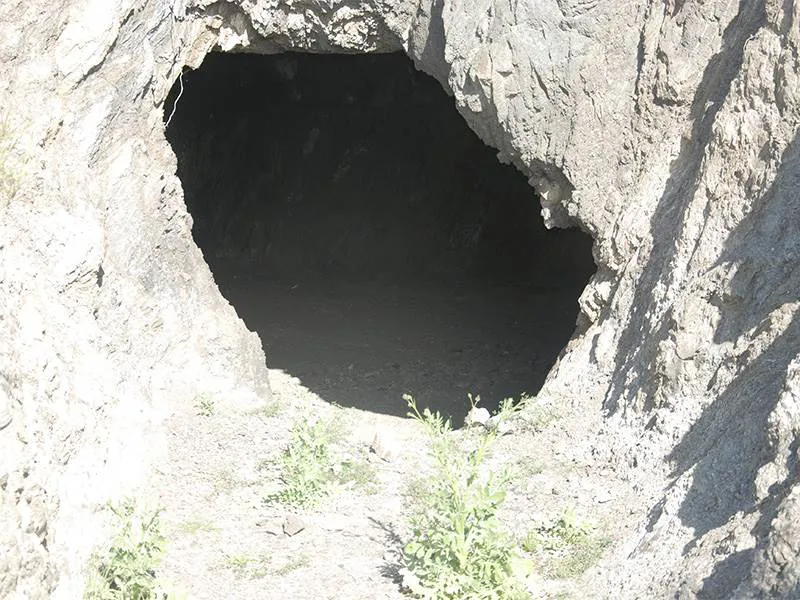
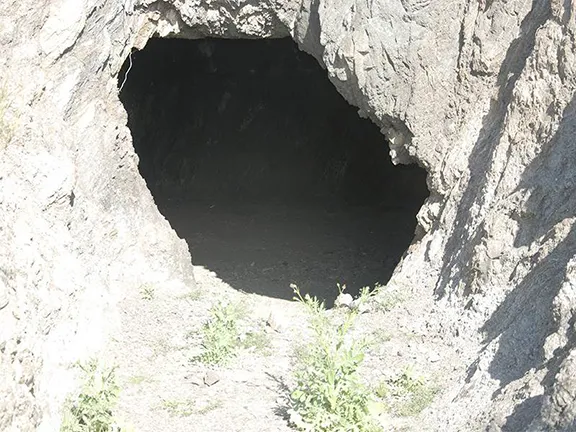
Hypogea 2
It is possible that Baria survived intact due to the richness of the silver deposits, their continued availability with the cooperation of the native Iberian tribes and the fact that Baria is that much closer to the centre of trading operations in the Mediterranean. Stelae found in some of the tombs are similar to stelae found in only two other Phoenician necropolis, Gadir and Ibiza, demonstrating a cultural link between the three settlements. Only one stele from the 5th century BC has an inscription in the Phoenician script, "Tomb of Gerashtart, son of Baalpilles".
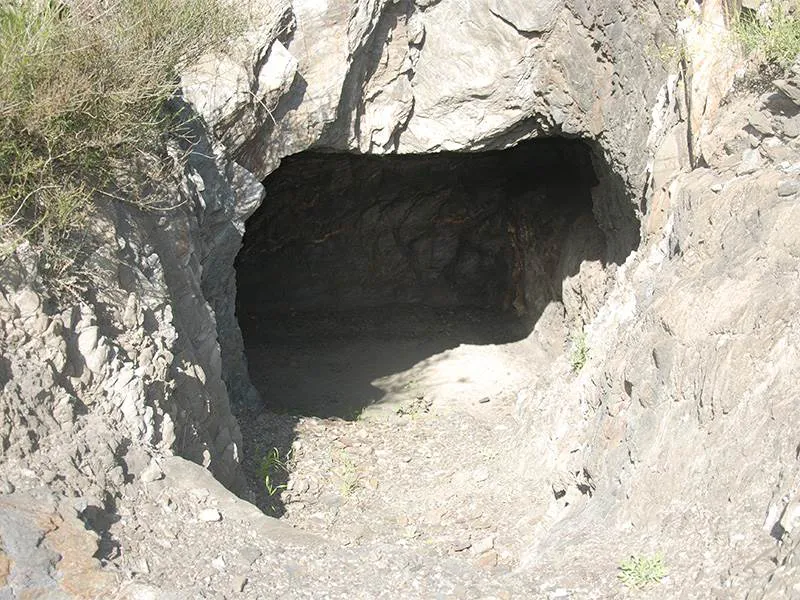
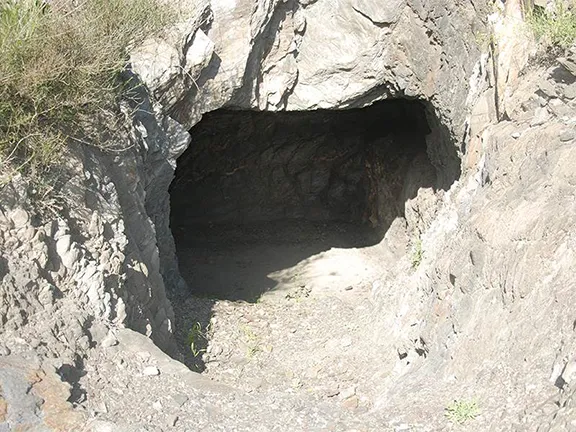
Hypogea 3
The first excavations in the necropolis at Beria were carried out by Luis Siret, a Belgian mining engineer, responsible for many excavations in Andalucia during the late 19th century. Excavations resumed in the mid-1970s and the site has been left since.
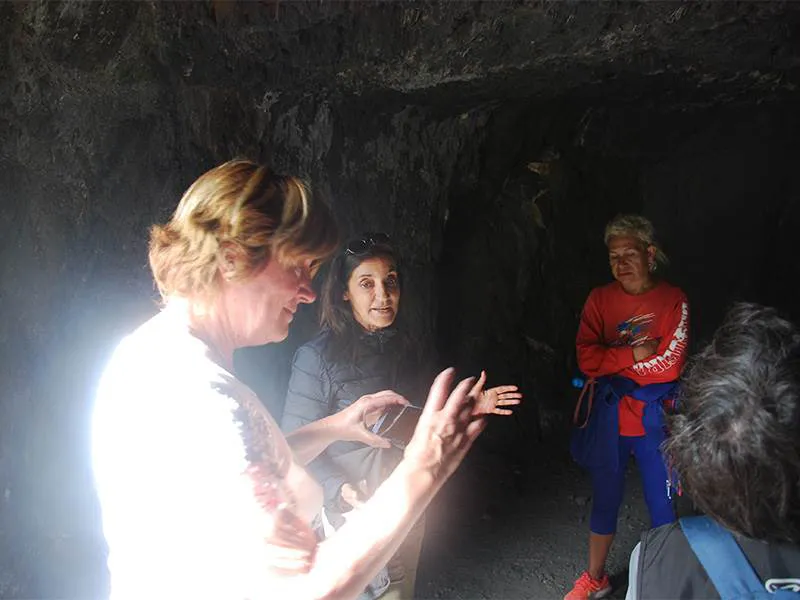
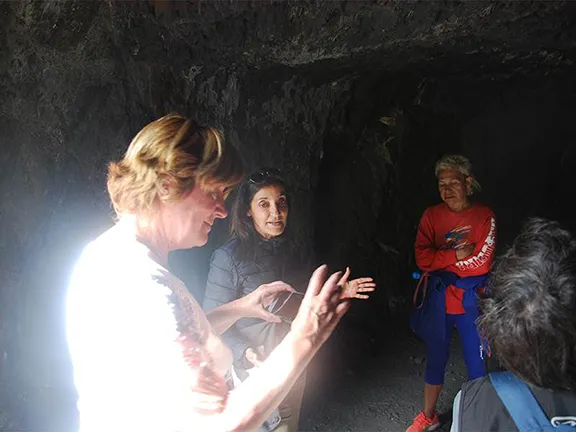
Inside Hypogea 4
Although the Necropolis is extensive with over 1000 burials recorded, only five of the fifty hypogea can be visited. The chambers cut into the rock vary in size between 10 and 26 square metres. All were accessed down a corridor lined with ashlars and closed with a massive stone slab and, in some cases a wooden door. The walls were plastered and painted red and some chambers show signs of having contained shelves and niches in the walls. In these chambers, the bodies were placed on the ground in wooden coffins. Around them were grave goods that included earrings, gold torques, rings, gold, silver and bronze bracelets along with amphora, bowls containing nuts, jars containing unguents, alabaster containers and gaming sets. Objects from outside the area included ostrich egg containers from North Africa.
Other objects found in the tombs by Siret include a collection of swords of the falcetta type and spear tips. Interestingly, Siret also recorded that some of the ceramics found were decorated in an Iberian fashion which would indicate that the local people shared the necropolis.
The tour includes an augmented reality display accessed via an app downloaded onto a mobile phone, so, to get the most from the visit, take your mobile. The display walks you through two burials, one in the 6th century BC and the second in the 3rd century BC.
The visit to the necropolis is a conducted tour in Spanish only and occurs on Thursdays, Fridays and Saturdays. Reservations are made at the tourist information office in the castle at Villaricos.